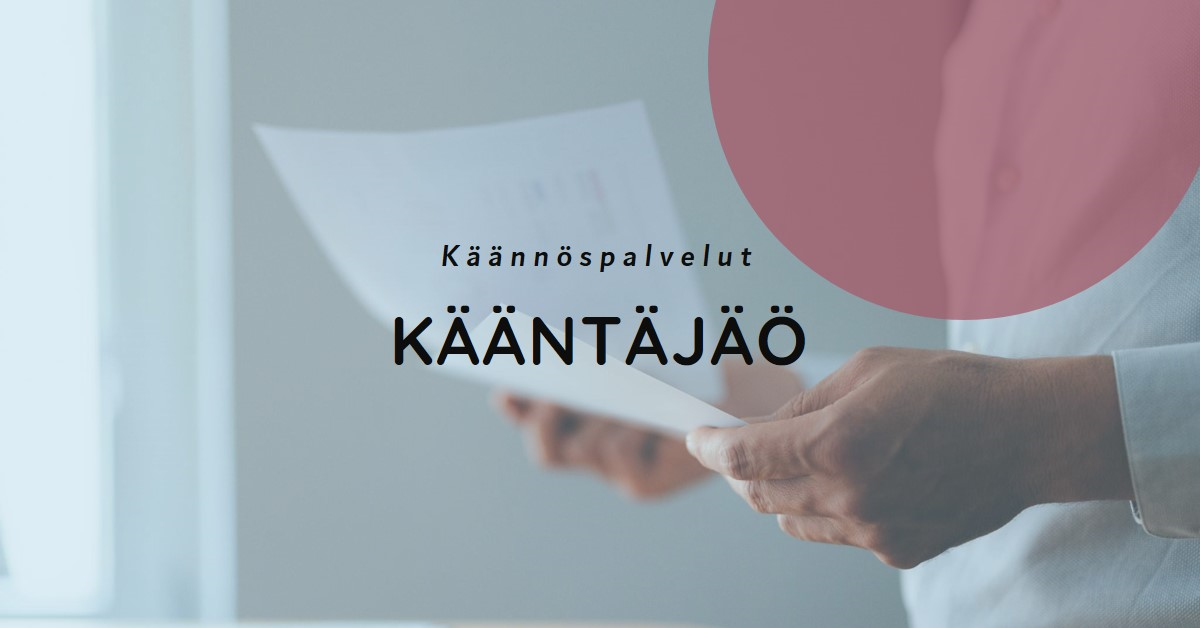In the realm of language translation, Finnish presents a unique set of challenges and opportunities. One of the key terms in this field is “kääntäjäö,” which translates to “translator” in English. This article delves into the concept of kääntäjäö, its significance in the translation industry, and the tools and techniques used by translators to bridge language gaps.
Understanding Kääntäjäö
Kääntäjäö (Finnish for “translator”) refers to professionals who work to convert text or speech from one language to another. The role of a kääntäjäö is essential in various fields, including literature, business, technology, and diplomacy. A kääntäjäö must possess a deep understanding of both the source and target languages, along with cultural nuances that affect communication.
The Importance of a Kääntäjäö
A kääntäjäö plays a critical role in facilitating cross-cultural communication. Their work ensures that ideas, information, and cultural expressions can be shared between different linguistic communities. Here are some areas where kääntäjäö professionals make a significant impact:
- Literary Translation: Translators adapt books, poems, and other literary works for readers in different languages, preserving the original’s essence while making it accessible to new audiences.
- Business Translation: In the global market, companies require translation for marketing materials, legal documents, and communication with international clients.
- Technical Translation: Translators in this field work on manuals, software documentation, and technical papers, requiring a high level of subject matter expertise.
- Diplomatic Translation: In international relations, accurate translation of treaties, agreements, and diplomatic communications is crucial for effective negotiations.
Tools and Techniques for Kääntäjäö Professionals
To perform their duties effectively, kääntäjäö professionals rely on various tools and techniques. Here’s a look at some of the most commonly used resources:
1. Translation Software
- CAT Tools (Computer-Assisted Translation): Tools like SDL Trados Studio, MemoQ, and Wordfast are popular among translators. These tools help manage translation memories, glossaries, and project workflows.
- Machine Translation Engines: Services such as Google Translate and DeepL provide machine-generated translations that can be useful for initial drafts and quick translations, though human oversight is still necessary for accuracy.
2. Dictionaries and Thesauruses
- Bilingual Dictionaries: Essential for finding equivalent terms in the target language. Examples include the “Finnish-English Dictionary” and the “English-Finnish Dictionary.”
- Online Thesauruses: Resources like Thesaurus.com can help find synonyms and understand the nuances of word meanings.
3. Reference Materials
- Style Guides: Guides such as the “Chicago Manual of Style” or the “AP Stylebook” help maintain consistency in translations, especially in professional and academic settings.
- Subject-Specific References: For technical or specialized translations, reference materials related to specific fields (e.g., medical or legal handbooks) are invaluable.
The Future of Kääntäjäö in a Digital World
As technology advances, the field of translation continues to evolve. The rise of artificial intelligence and machine learning has introduced new possibilities for translation efficiency and accuracy. However, the role of the human kääntäjäö remains indispensable. Human translators bring contextual understanding, cultural sensitivity, and creative problem-solving skills that machines cannot fully replicate.
Conclusion
Kääntäjäö, or translators, are the unsung heroes of global communication. They enable the exchange of ideas across languages and cultures, fostering understanding and collaboration in various domains. By utilizing advanced tools and techniques, kääntäjäö professionals continue to adapt to the ever-changing demands of the translation industry. As we move forward, the balance between technological advancements and human expertise will shape the future of translation services.
Whether you’re considering a career as a kääntäjäö or simply interested in the mechanics of translation, understanding this field’s intricacies offers valuable insights into how we communicate across the globe.
Read More:
Exploring the Significance of “2023-1954”: A Comprehensive Analysis



